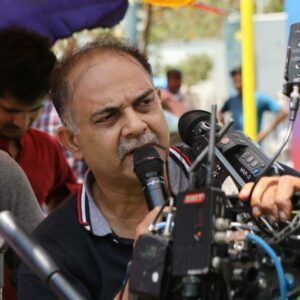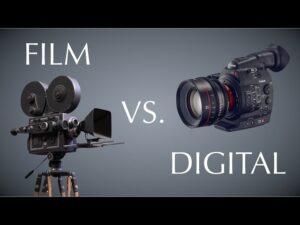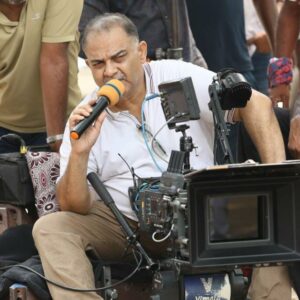
Image Formation: M.S.Prabhu DOP!
Jan 20 2025
M.S. Prabhu, a celebrated cinematographer, has left an indelible mark on Tamil, Telugu, and Hindi cinema. He made a remarkable debut with the film Mahanadhi, showcasing his expertise in crafting visually compelling narratives. With Thavamai Thavamirundhu, he became one of the early pioneers in mastering digital cinematography, successfully handling the medium with finesse and setting a benchmark for the industry.

M.S.Prabhu is known for his profound insights into the art of image formation in both film and digital formats. His experience bridges the transition from traditional celluloid to modern digital technologies, offering a unique perspective on visual storytelling and the evolving craft of cinematography.
Veteran DOP on his recent interaction with students, he has put light on the principles of Image formation.

M.S.Prabhu
I was asked the question on the formation of image on Film and Digital and the differences. My response is :
Certainly……,
There is a difference between “creating an image and recording the image”.
Earlier, we had only negative films on which the emulsion was coated, that comprised of silver halide crystals (Grains) and colour couplers. Upon exposure to light the Ag halide crystals react and forms an image with various densities spread across the frame, each nanometer with different thicknesses depending on the amount of light hitting on it. The Grain that had received maximum light will attract maximum colour couplers resulting in high colour saturation and vice-versa.
In case of Film (you have Tungsten balanced & Daylight balanced) the tone and latitude of the image is “fixed while exposing itself” and the manipulation chances at a later stage is minimal or Nil.
Digital on other hand – the image falls on the sensor, scanned by an electron gun through out the frame, transmitted to a hard-disk drive (HDD) that records RAW image, which is incomplete by itself, becomes complete only during final grading where hues, contrast and saturation are modified or altered to fit to the needs of the story. Here you can manipulate the (RAW) image, as it is not fixed like on a negative Film.
This is a topic involving Chemistry, Physics and Electronics equally, has to be dealt as a seperate session. Given here is a nutshell.
I don’t regret the advent of Digital, it is an essential transformation the industry has to witness. But nowadays I see many cameramen who are *refusing or ignorant to understand the exposure meters*, as they’re provided with in-camera False colour assessing tools/methods which guides them wrongly. It is a clear disorientation.

M. S. Prabhu DOP
~Requesting Colourists also to throw more light on this subject.
